Julian Haylock examines a performer whose stern stage image reflected the unwavering focus and penetrating intensity of his playing, in this article from April 2010
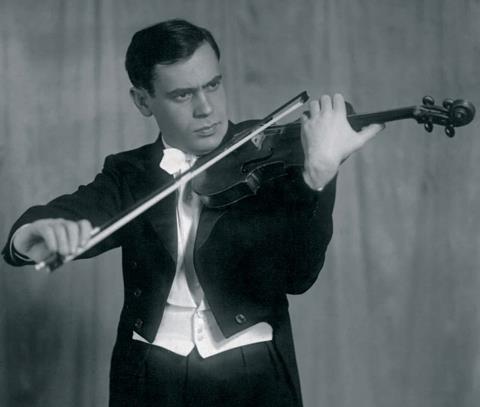
Discover more Featured Stories like this in The Strad Playing Hub
This article appeared in the April 2010 issue of The Strad
Alongside his friend and colleague David Oistrakh, Leonid Kogan was one of the greatest Soviet violinists of the postwar era. His inscrutable stage presence, tonal directness and unaffected interpretative clarity combined to create the very model of a modern violin virtuoso.
CHRONOLOGY
1924 Born in Dnepropetrovsk, Ukraine
1934 Begins studies at the Central School of Music in Moscow 1941 Offi cial debut playing the Brahms Concerto in Moscow 1942 Marries Elizaveta Gilels
1951 Wins fi rst prize at the Queen Elisabeth competition 1952 Joins the staff at the Moscow Conservatoire
1955 Makes Paris debut with concertos by Mozart (no.3),
Paganini (no.1) and Brahms
1958 Makes US debut at Carnegie Hall with Brahms Concerto
under Monteux
1965 Receives the Lenin Prize
1982 Dies in Mytischi, near Moscow, aged 58
PEDAGOGICAL BACKGROUND
Kogan started formal lessons aged seven at his local school with Philip Yampolsky. He later reflected that ‘for the first two months I could not play for more than five minutes without interruptions, as my left hand felt like lead and my head much heavier’. Yet in time, Yampolsky inspired in Kogan ‘a love of work, which I think is most important. Also he gave me a very solid foundation as he himself was an excellent violinist.’
Moving to Moscow at the age of ten, Kogan began studies at the Central School of Music. His teacher there was Abram Yampolsky (no relation to Philip), a distinguished quartet player and member of the Bolshoi Theatre Orchestra, who demanded the highest standards of technical and interpretative refi nement. He was so taken with Kogan’s ability and potential that he took the unusual step not only of giving him lessons at his home, but also lodgings there too.
Having made his debut playing the Brahms Concerto with the Moscow Philharmonic in 1941, Kogan continued his studies with Abram Yampolsky at the Moscow Conservatoire, during which time he became a devoted admirer of Szigeti’s unaffectedly probing style of playing, although it was Heifetz whom he considered ‘the ideal artist’. Confi rmation of Kogan’s own extraordinary ability came with two competition wins, first in 1947 when he won joint fi rst prize at the World Festival of Youth in Prague, and most crucially, in 1951, when he won the prestigious Queen Elisabeth competition.
In performance, his facial implacability and freedom from all extraneous physical movements created a mesmerising effect
TECHNIQUE AND INTERPRETATIVE STYLE
Kogan was a refined, aristocratic player of profound intensity and interpretative focus. The sternness of his stage image – he never looked as if he was remotely enjoying himself – carried over into his playing and teaching, although he was much respected by his pupils. His almost total avoidance of 19th-century expressive devices gave his performances an intellectually penetrating, highly individual quality that sounds surprisingly modern even to our contemporary ears.
Kogan considered Rode’s studies to provide everything a violinist needs. He had a perfectly regulated technique that made his playing across the full range of the instrument exceptionally equal and free of shifts in colour and emphasis caused by changes of string or fi nger position. In order to aid his seamless tonal equality he used only steel strings, which gave his sound its unique power and penetration. This was further intensifi ed by a left hand of exceptional strength, which enabled Kogan to exert extraordinary pressure on the point of contact between string and fingerboard, and generate a powerful vibrato that was used with the utmost skill and discretion.
Although only of medium build, Kogan was slender and long-limbed, which made the violin appear almost like a toy in his hands. He had unusually extended fingers, which helped facilitate left-hand stretches closed to more compact hands. In performance, his facial implacability and freedom from all extraneous physical movements created a mesmerising effect. Kogan’s left–right hand coordination was immaculate, his staccatos and spiccatos almost uniquely clean, his intonation virtually infallible.
SOUND
The high-tensile discipline of Kogan’s technique resulted in a lean, pure sound of unblemished emotional directness. He avoided any hint of G-string luxuriance or indulgence in flautando–pianissimo effects, which gave his playing throughout the range an almost unprecedented tonal evenness.
STRENGTHS
Kogan never felt comfortable with the overt emotionalism of late Romanticism, and he became one of the first of a new breed of players who characterised the music they played with a profound intellectual clarity and the subtlest of interpretative infl ections, thereby reversing the rhetorical indulgences of the Paganini tradition.
WEAKNESSES
In music reliant on a high degree of charm and joie de vivre, Kogan could appear and sound rather detached. His tendency towards emotional reserve could sometimes – as in the glorious opening melody of Prokofiev’s Violin Sonata no.2 – create the impression of a lack of warmth.
INSTRUMENTS AND BOWS
Kogan’s main instruments were the three Guarneri ‘del Gesù’ violins he owned during his career – the ‘Colin’ (1726); the ‘Edith Mellon’, ‘Mackay’ (1731); and the ‘Burmeister’, ‘Kanarievogel’ (1743). He also borrowed a number of Stradivari instruments from the Soviet state: in the late 1950s he played the ‘Count Zubov’ of 1707, and at various other times performed on the ‘Poliakin’ of 1712, the 1736 ‘Youssoupov’, and a 1719 Stradivari bought originally by the USSR in the mid-1940s for David Oistrakh. Kogan’s preferred bow maker was Dominique Peccatte.
REPERTOIRE AND RECORDINGS
Due to the lack of general availability of his recordings in the West for many years, Kogan’s recorded legacy still remains hugely underappreciated. He was the dedicatee of Khachaturian’s Concerto–Rhapsody and concertos by such Soviet stalwarts as Knipper, Khrennikov and Karayev, and was an unusually sympathetic performer of modern music, most notably the Berg Concerto. He recorded around 160 pieces, a quarter of which he rerecorded at least once. Outstanding among a discography of sterling quality is the Lalo Symphonie espagnole, Mendelssohn E minor and Khachaturian concertos, four offi cial recordings of the Beethoven, three apiece of the Brahms and Tchaikovsky concertos, and an astonishing account of the Wieniawski ‘Faust’ Fantasy.
Kogan was one of the few violinists to enjoy equal success in the virtuoso and central German repertoires. He was also a member of two outstanding piano trios. The first, with Gilels and Rostropovich, resulted in fine recordings of Beethoven, Schumann, Fauré, Tchaikovsky and Saint-Saëns, and the second, with Evgeny Svetlanov and Fedor Luzanov, produced the definitive account of Rachmaninoff’s Second Trio.
Recommended recordings
Beethoven: Violin Concerto
Mozart: Violin Concerto no.5 TESTAMENT SBT 1228
Brahms: Violin Sonatas nos.1–3 ARCHIPEL ARPCD 0355
Khachaturian: Violin Concerto RCA LIVING STEREO 09026 63708 2
Prokofiev: Violin Concerto no.2
Tchaikovsky: Violin Concerto TESTAMENT SBT 1224
Classic Archive (Beethoven, Handel, Paganini, etc.) EMI 4 92835 9 (DVD)
Leonid Kogan Edition BRILLIANT CLASSICS 93030 (10 DISCS)
The Strad is offering customers the chance to purchase print magazines from its archives, while stocks last. Get your copy here before they’re all gone!
Read: Great violinists: Yehudi Menuhin
Read: Great Violinists: Eugène Ysaÿe
Discover more Featured Stories like this in The Strad Playing Hub.
The number one source for playing and teaching books, guides, CDs, calendars and back issues of the magazine.
In The Best of Technique you’ll discover the top playing tips of the world’s leading string players and teachers. It’s packed full of exercises for students, plus examples from the standard repertoire to show you how to integrate the technique into your playing.
The Strad’s Masterclass series brings together the finest string players with some of the greatest string works ever written. Always one of our most popular sections, Masterclass has been an invaluable aid to aspiring soloists, chamber musicians and string teachers since the 1990s.
American collector David L. Fulton amassed one of the 20th century’s finest collections of stringed instruments. This year’s calendar pays tribute to some of these priceless treasures, including Yehudi Menuhin’s celebrated ‘Lord Wilton’ Guarneri, the Carlo Bergonzi once played by Fritz Kreisler, and four instruments by Antonio Stradivari.

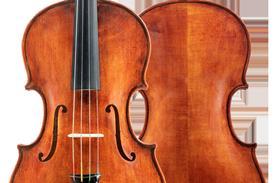
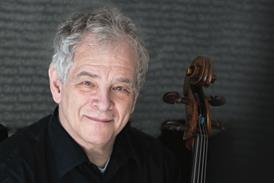
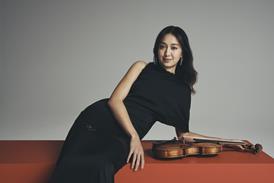

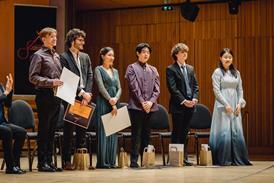
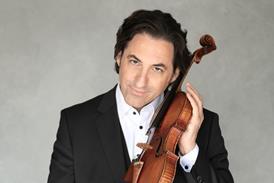
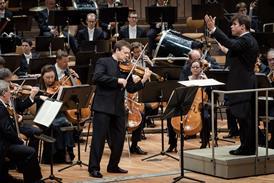



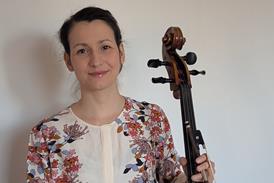


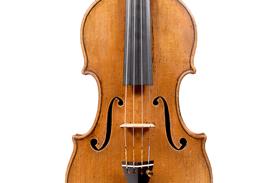
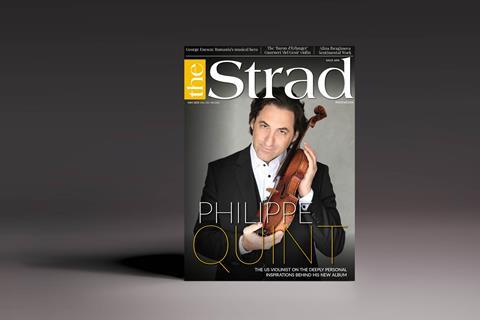




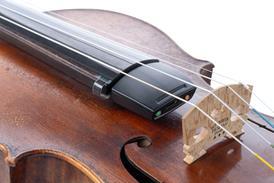
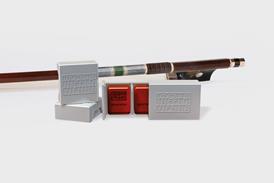
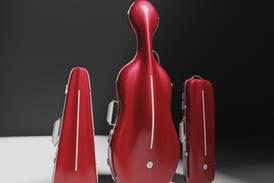















No comments yet